What does it take to be an effective leader NOW?
What does it take to be an effective leader NOW?
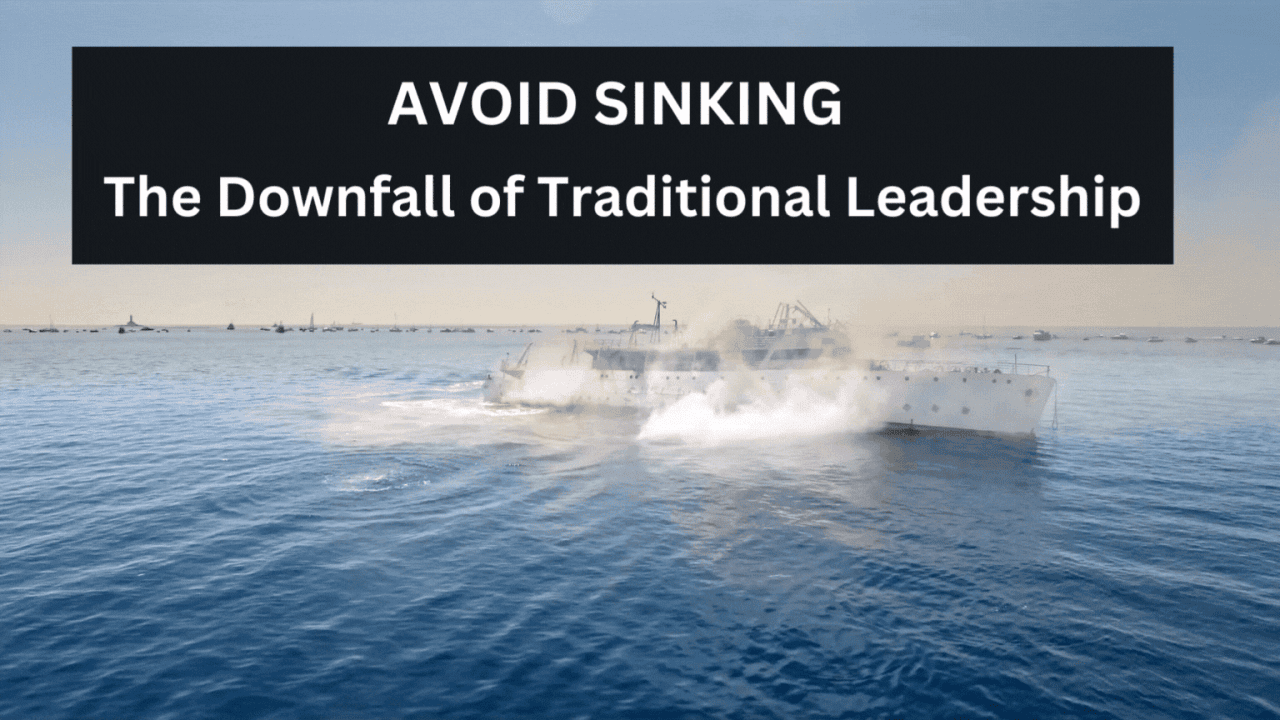
"Do you know that your people feel like you're a dictator? That they feel like you don't listen, that they feel like that you, your communication is in such a way that you're listening to not understand, but you're more so just listening to respond." -David Canada
In a recent episode of the N.O.W. of Work Podcast, we had the pleasure of hosting David Canada, a seasoned leader, talent developer, and Supplier diversity advocate from Boeing. The most notable take away:
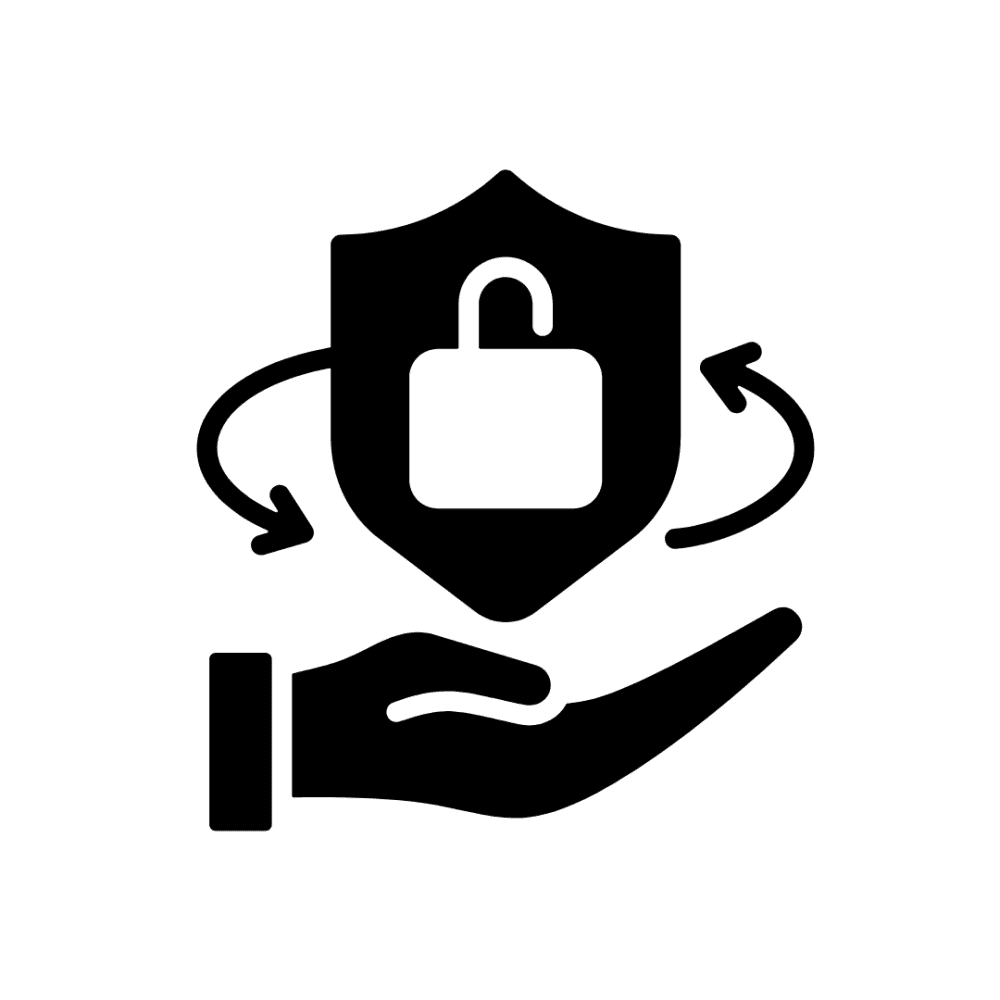
Embrace Vulnerability
Why it matters: Being open to feedback and vulnerability is crucial for leadership effectiveness.
What's happening: Leaders are encouraged to seek feedback, be transparent, and foster a culture of trust.
Key takeaway: Vulnerability fosters honest conversations and personal growth, enhancing leadership.
What's happening: Leaders are encouraged to seek feedback, be transparent, and foster a culture of trust.
Key takeaway: Vulnerability fosters honest conversations and personal growth, enhancing leadership.

Lead With Empathy
Why it matters: Empathy improves workplace culture and employee retention.
What's happening: Emphasizing the importance of leading with empathy, understanding employee perspectives, and being open to asking for help.
Key takeaway: Empathetic leadership builds a supportive and collaborative workplace.
Why it matters: Empathy improves workplace culture and employee retention.
What's happening: Emphasizing the importance of leading with empathy, understanding employee perspectives, and being open to asking for help.
Key takeaway: Empathetic leadership builds a supportive and collaborative workplace.
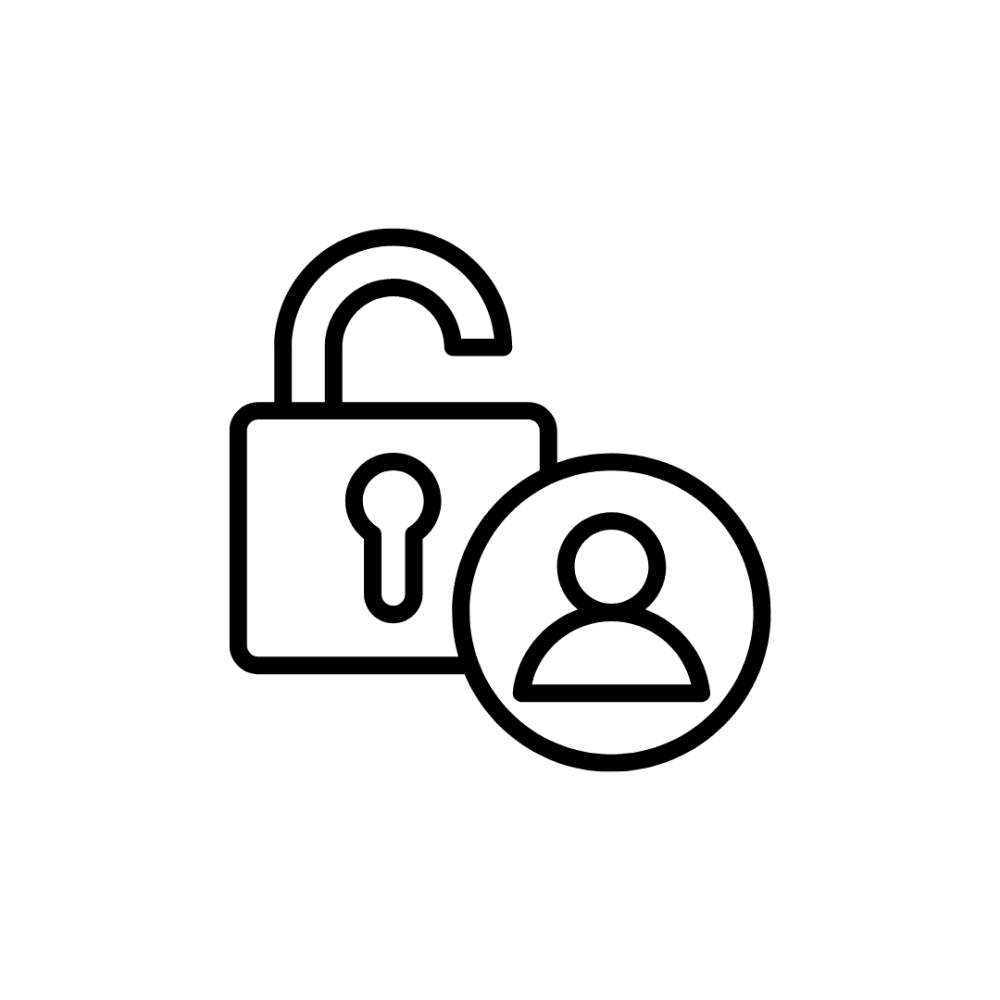
Stay Accessible
Why it matters: Accessibility goes beyond open-door policies.
What's happening: Highlighting the need for leaders to be available outside regular hours and manage time effectively to maintain accessibility.
Key takeaway: Accessibility fosters trust and strengthens leader-employee relationships.
Why it matters: Accessibility goes beyond open-door policies.
What's happening: Highlighting the need for leaders to be available outside regular hours and manage time effectively to maintain accessibility.
Key takeaway: Accessibility fosters trust and strengthens leader-employee relationships.
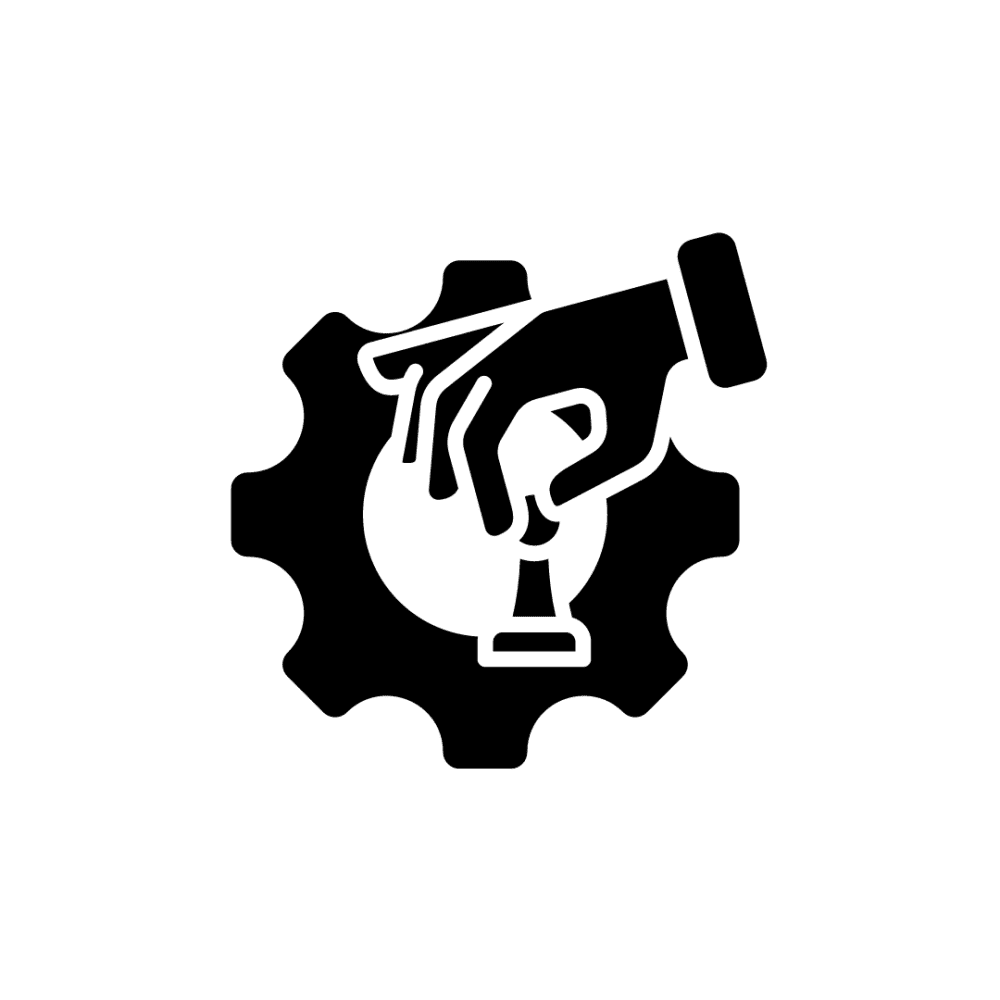
Be Intentionally Strategic
Why it matters: Strategic thinking aligns strengths with roles, boosting performance.
What's happening: Reorganizing teams based on strengths and emphasizing the importance of strategic talent placement to prevent burnout.
Key takeaway: Strategic alignment enhances both employee satisfaction and organizational success.
Why it matters: Strategic thinking aligns strengths with roles, boosting performance.
What's happening: Reorganizing teams based on strengths and emphasizing the importance of strategic talent placement to prevent burnout.
Key takeaway: Strategic alignment enhances both employee satisfaction and organizational success.
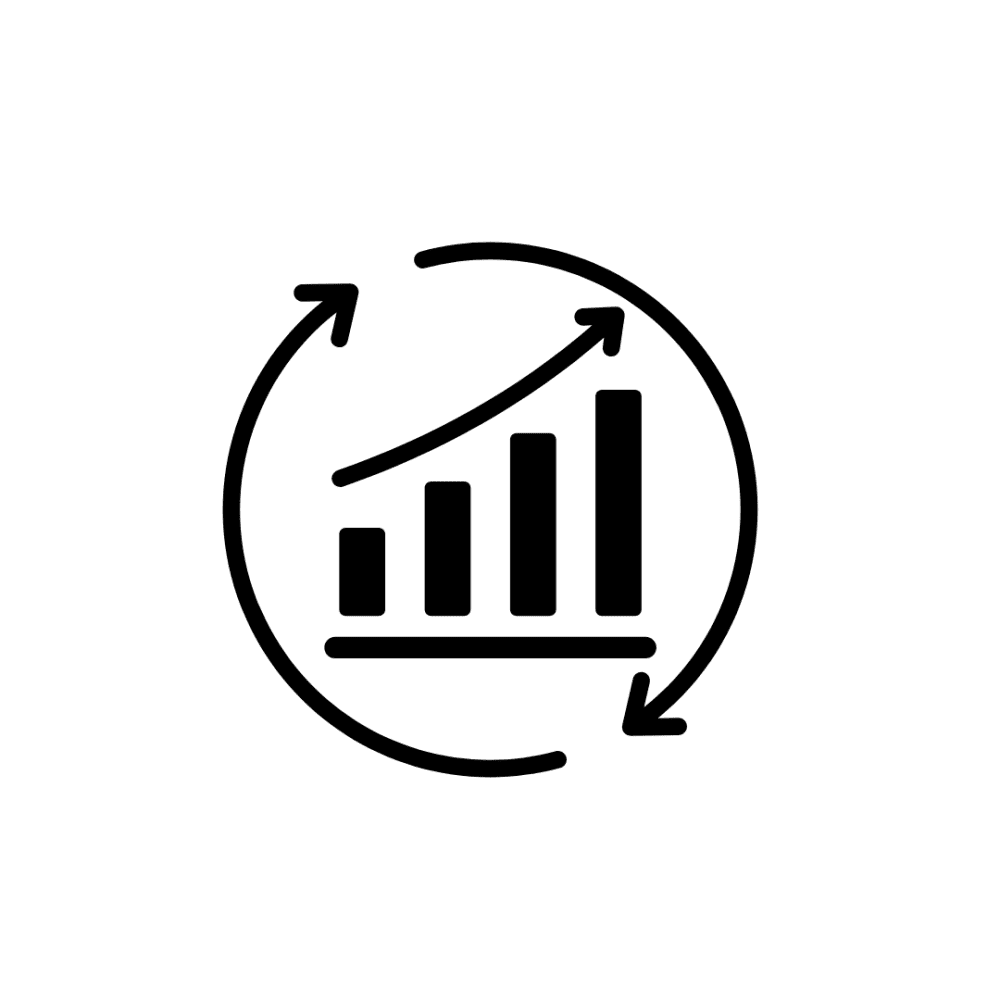
Economic Impact of Supplier Diversity
Why it matters: Supplier diversity has significant economic benefits.
What's happening: Discussing the impact of engaging diverse suppliers, driving innovation, and promoting economic growth.
Key takeaway: Supplier diversity boosts credibility and competitive advantage.
Why it matters: Supplier diversity has significant economic benefits.
What's happening: Discussing the impact of engaging diverse suppliers, driving innovation, and promoting economic growth.
Key takeaway: Supplier diversity boosts credibility and competitive advantage.

Cross-Functional Learning
Why it matters: Cross-functional learning fosters innovation and growth.
What's happening: Advocating for mentoring and knowledge exchange between interns and senior leaders.
Key takeaway: Cross-functional learning enriches perspectives and skills.
Why it matters: Cross-functional learning fosters innovation and growth.
What's happening: Advocating for mentoring and knowledge exchange between interns and senior leaders.
Key takeaway: Cross-functional learning enriches perspectives and skills.

Navigating Career Crossroads
Why it matters: Career pivots require self-awareness and strategic thinking.
What's happening: Sharing experiences of taking risks and aligning roles with personal strengths.
Key takeaway: Successfully navigating career crossroads involves alignment with capabilities and openness to new opportunities.
Why it matters: Career pivots require self-awareness and strategic thinking.
What's happening: Sharing experiences of taking risks and aligning roles with personal strengths.
Key takeaway: Successfully navigating career crossroads involves alignment with capabilities and openness to new opportunities.
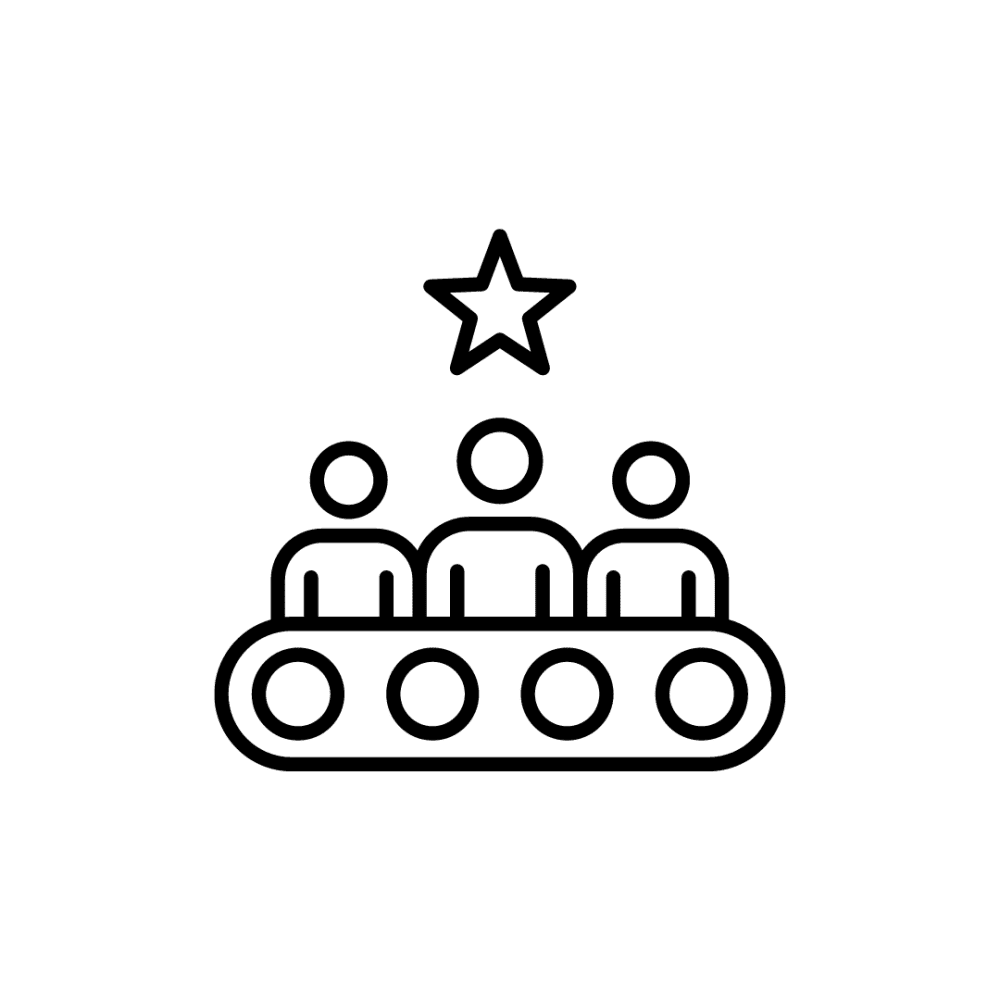
Build Talent Pipelines
Why it matters: A robust talent pipeline ensures organizational continuity.
What's happening: Focusing on engaging and mentoring young talent to build effective talent pipelines.
Key takeaway: Investing in young professionals creates a sustainable workforce.
Why it matters: A robust talent pipeline ensures organizational continuity.
What's happening: Focusing on engaging and mentoring young talent to build effective talent pipelines.
Key takeaway: Investing in young professionals creates a sustainable workforce.

Mentorship’s Mutual Value
Why it matters: Mentorship benefits both mentors and mentees.
What's happening: Emphasizing structured mentorships and the mutual growth they provide.
Key takeaway: Effective mentorship fosters personal and organizational development.
Why it matters: Mentorship benefits both mentors and mentees.
What's happening: Emphasizing structured mentorships and the mutual growth they provide.
Key takeaway: Effective mentorship fosters personal and organizational development.
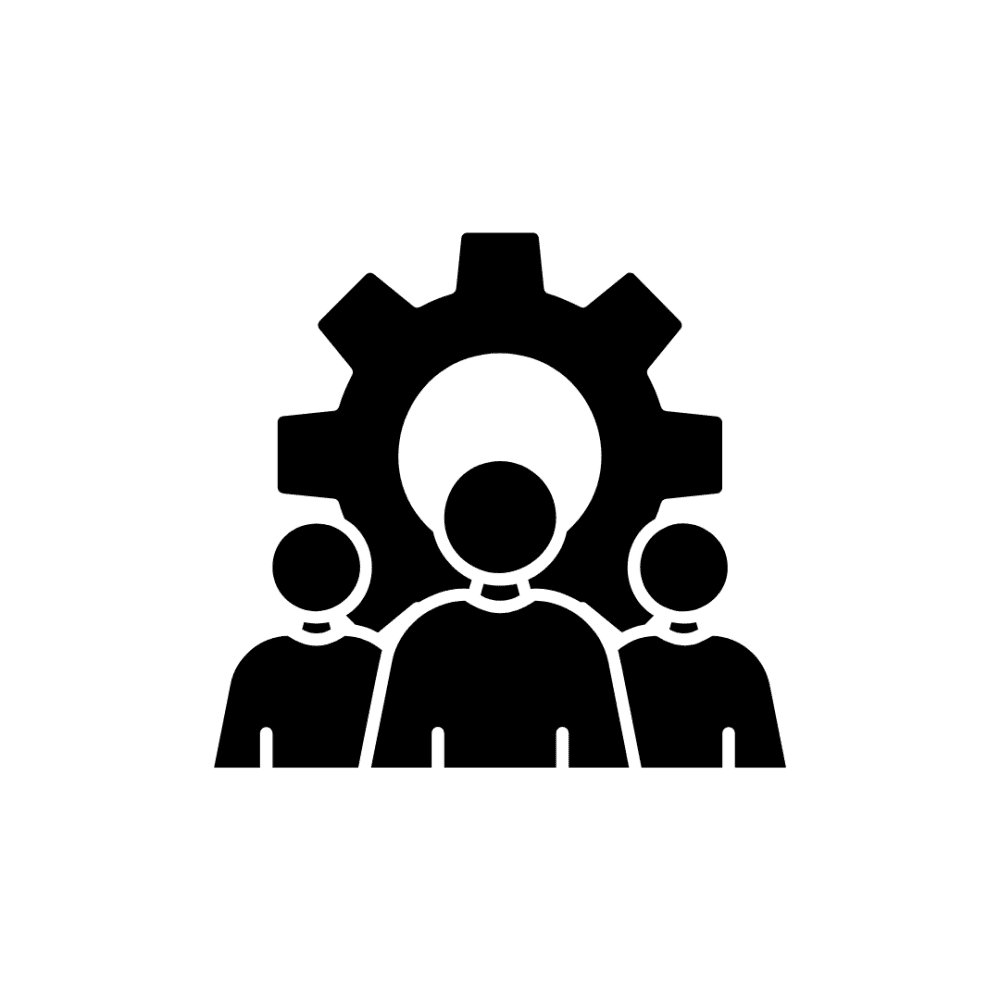
Adapt to Workforce Changes
Why it matters: Leadership adaptability is key to staying relevant.
What's happening: Discussing the necessity of embracing new technologies and learning from younger generations.
Key takeaway: Adaptability ensures competitiveness in a changing work environment.
Why it matters: Leadership adaptability is key to staying relevant.
What's happening: Discussing the necessity of embracing new technologies and learning from younger generations.
Key takeaway: Adaptability ensures competitiveness in a changing work environment.
"Accountability is the glue that bonds commitment to results" -David Canada
Bottom line:
Combining empathy, strategic thinking, and adaptability is essential for modern leadership. Implementing these strategies fosters a positive and productive workplace that drives growth and innovation.
